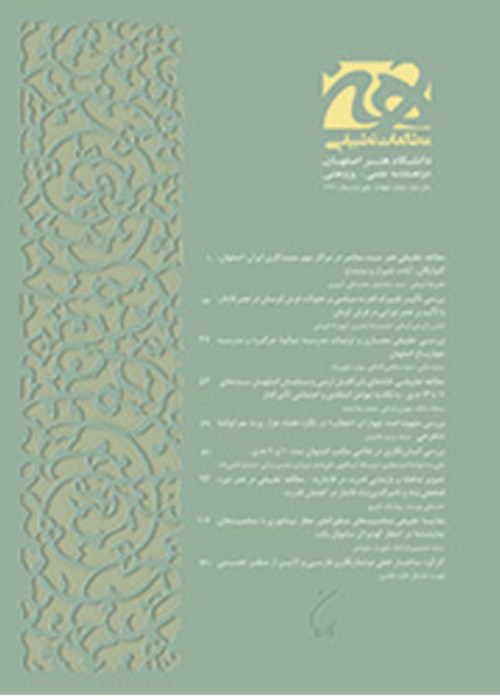Studying Mandarin Square Badge Designs in Ilkhanid and Timurid Garments and Matching them with Yuan and Ming Chinese Garments
With the conquest of China and Iran by the Mongols, the influence of Chinese styles and methods appeared in all the visual arts, including the patterns of fabrics. These designs were also used on the clothes of those in power, which was of special importance in different periods and was considered a royal emblem. Mandarin square is one of the royal symbols. This Chinese royal emblem was also used in the clothing of the Ilkhanid and Timurid court. But this sign was slightly different from its origin in terms of visual elements. The present article examines this sign visually, symbolically and conceptually to determine how the designs used on the mandarin square of the Iranian court from China were affected. And the use of these motifs in the court of the patriarchal and Timurid period, indicate a specific class and rank? This research is a descriptive, comparative and analytical method with the aim of studying the evolution of the Mandarin square royal symbol from one culture to another and it can be seen that these symbols changed in Iranian culture. Information and study samples of this research have been collected through library and internet methods. This royal emblem seems to be the source of inspiration for Iranian artists who differ in terms of visual elements and function. In China (Yuan and Ming dynasties), color and pattern on clothing were of particular importance; in such a way that the motifs used on the Mandarin square in China were animal motifs, symbolic motifs, and natural elements that had the symbolic character of a class and individual position in the court, while in the court of Iran during the Ilkhanid and Timurid eras, the color and design of clothes did not indicate the category of individuals. The motifs used on the square in the background of their clothes were often the motifs of animals and sometimes the motifs of plants, the background of which was decorated with floral motifs. Following China, designs were used in the style of Chinese naturalism, and the animals were embroidered in pairs or in a single stitch.
- حق عضویت دریافتی صرف حمایت از نشریات عضو و نگهداری، تکمیل و توسعه مگیران میشود.
- پرداخت حق اشتراک و دانلود مقالات اجازه بازنشر آن در سایر رسانههای چاپی و دیجیتال را به کاربر نمیدهد.



